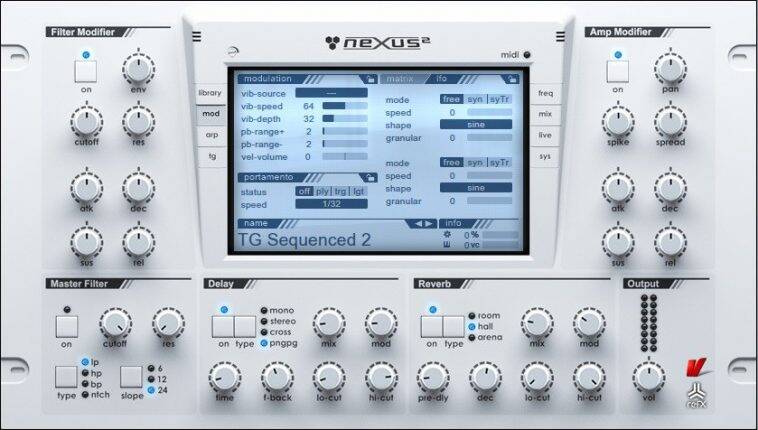

In general you should know the exact version you're going to use. Last point: do not use latest versions of artifacts, in the vast majority of cases if you have such a use case, then something is wrong with your deployments (or whatever you're doing). If you don't increment numeric part, then x.y.z-SNAPSHOT will always return the latest binary. Or you can write your own plugin for Nexus.Īlternatively, if your workflow allows that, you can use SNAPSHOTs instead of release versions. In order to find the LATEST artifact version you should either write your own script to invoke Search API and sort artifact versions as you want. Do you want to rely on the mechanism that may break at any moment (e.g. if you run Rebuild Metadata for the Nexus repository. If right now it returns you the correct version of the artifact, tomorrow this may stop working e.g. Nexus simply doesn't guarantee the LATEST to work in other cases. If you want to stay on the latest release, supply the text latest.release instead of the version number.In Nexus LATEST is designed to work with maven plugins rather than with regular artifacts. In the dependencies block, update the version with the version you found in the repository. Open the adle file in your Workspace’s root folder. The versions appear in a list take note of the version number you need. Go to Workspace’s releases on Liferay’s repository. Liferay Workspace is constantly updated to help developers be more productive, and bringing your Workspace up to date is a painless process. Updating Liferay Workspace and Bundled Plugins

If, however, you want to do a deep dive and learn about all the things Workspace can do, this is the place for you. If you’re happily creating projects, deploying code, or using a Docker container, you may not need the information here. Liferay Workspace is simple to use, and you can learn the basics by starting at the beginning.


 0 kommentar(er)
0 kommentar(er)
